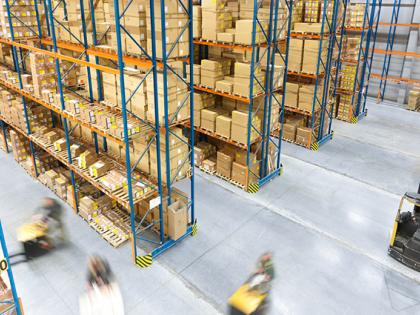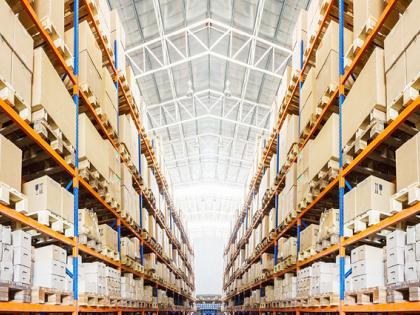The Outlook for Industrial
The biggest trends reshaping industrial real estate in 2025
The industrial real estate sector continues to stand out as a resilient and adaptive asset class, even amid economic uncertainty and shifting global dynamics. As we move through 2025, several dominant trends are shaping the trajectory of the market—from a fundamental shift in global supply chains to rising sustainability expectations, technological advancements and recalibration of capital strategies. Here’s a look at what’s driving the market:
Onshoring and Supply Chain Reconfiguration
The reshoring of manufacturing and logistics operations is no longer a speculative trend—it’s a structural shift. Spurred by pandemic-era supply chain disruptions and ongoing tariff concerns, companies are doubling down on operational resilience. This has led to a surge in demand for modern industrial space in inland and secondary markets, particularly near major highway corridors and intermodal hubs.
This shift is putting pressure on developers to deliver new inventory quickly, even as construction costs and permitting timelines remain elevated. In particular, industrial locations in non-coastal metros are seeing increased activity as firms diversify away from traditional port-adjacent markets.
Demand for Sustainable Real Estate
Sustainability is no longer a “nice to have”—it’s a core tenant demand. Industrial occupiers are increasingly seeking energy-efficient, environmentally responsible facilities that align with their business goals and lower operational costs. This includes buildings equipped with solar-ready rooftops, LED lighting, EV charging infrastructure and LEED certifications.
The push for greener buildings is also being driven by investors, who are factoring sustainability into underwriting and long-term asset value. Sustainable assets typically observe higher value in the market and are likely to lease up faster.
Advancements in Technology
From AI-enabled automation to smart building systems and robotics, technology is revolutionizing industrial and warehouse properties. In fact, more than a quarter of U.S. warehouse inventory is expected to be automated by 2027. Industrial occupiers leverage automation to create a more efficient process for moving products through their facilities, speeding up order fulfillment and improving inventory management. Properties equipped with automation and robust digital infrastructure are also typically viewed as “future proof,” making them more attractive to investors over the long term.
Capital Markets and the Rise of Sale-Leasebacks
Tariff concerns, economic volatility and tightened liquidity are prompting many corporate occupiers to turn toward alternative sources of capital, such as sale-leasebacks. This trend is especially pronounced in the industrial sector due to the strong investment profiles of these assets.
The primary benefit of a sale-leaseback is the ability to immediately convert an illiquid real estate asset into liquid capital to meet both short- and long-term needs. Sale-leasebacks can also help boost a company’s balance sheet by putting them in a better cash position and improving their debt-to-equity ratio, enabling them to secure more attractive debt financing in the future should they need it.
The Future is Bright
Despite short-term headwinds such as tariffs and macroeconomic uncertainty, the industrial real estate market in 2025 is defined by transformation and opportunity. Onshoring is redrawing the logistics map, sustainability is reshaping development, technology is boosting efficiency and output, and capital markets are evolving to meet new financial realities. For stakeholders across the supply chain—from developers and investors to tenants and brokers—understanding these trends, and opportunities, is essential for navigating the road ahead.

You May Also Like:

The Appeal of Industrial Sale-leaseback Transactions
Let’s start with the foundation: if you’re unfamiliar with the term sale-leaseback, you should go here- The Ins And Outs Of Sale-Leasebacks| W. P. Carey. For a more focused explanation relating...
Is the Net Lease Industrial Market Still "Red Hot"?
The single-tenant net lease industrial market has been on fire in recent years. Buoyed by e-commerce growth, industrial properties were seeing record low cap rates and record high competition from...